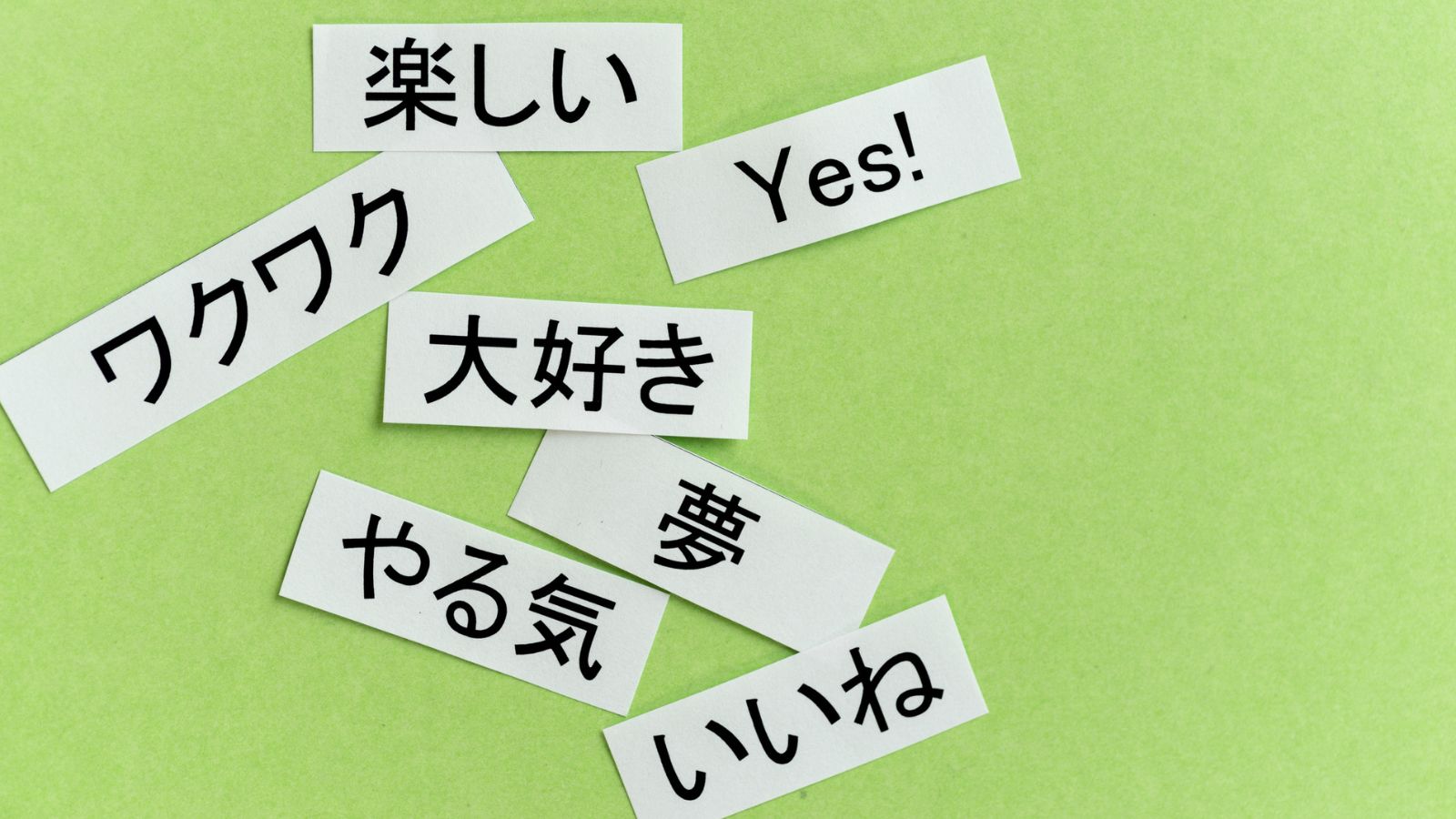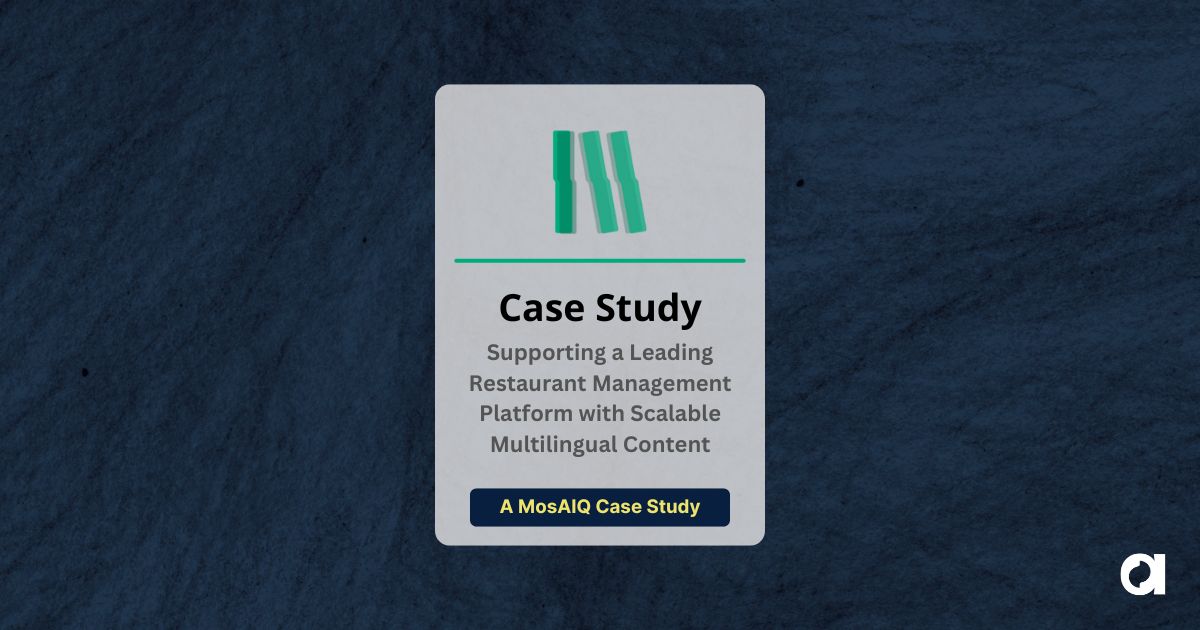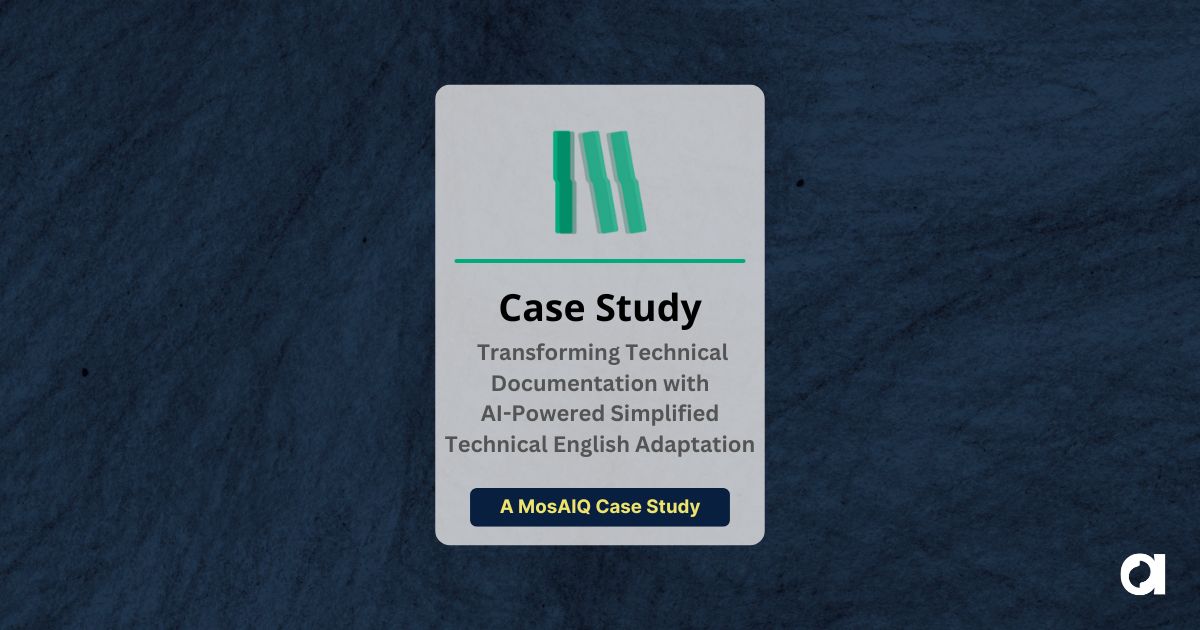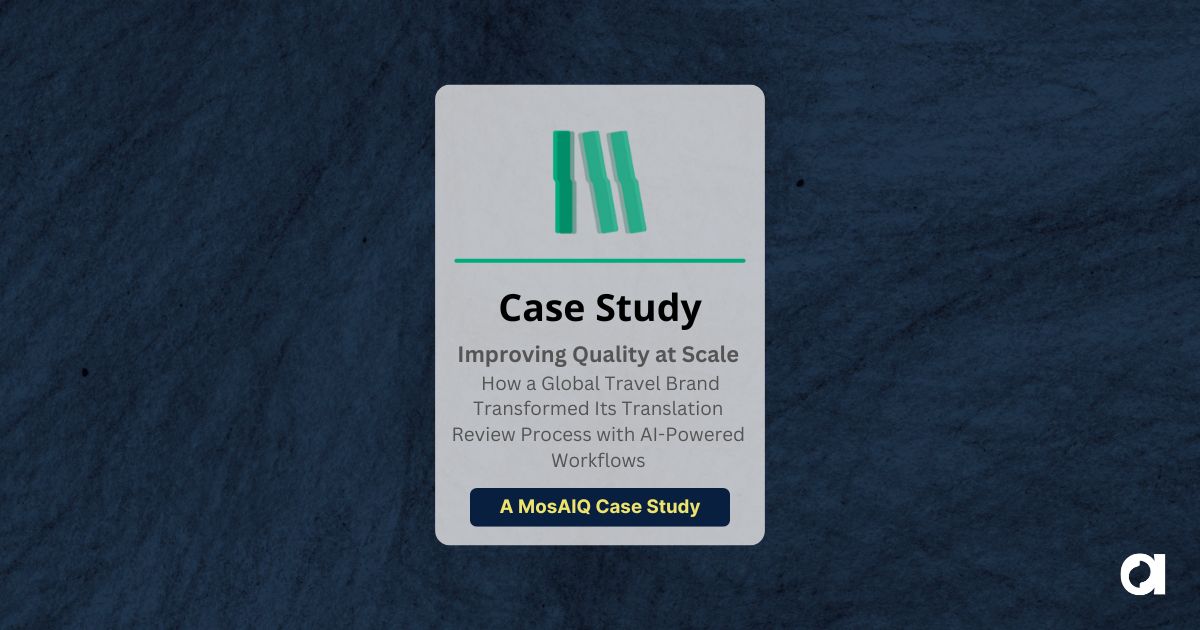When you’re translating European languages, little things usually don’t break the text. Forget the space before a colon in French and people can still read it just fine. Miss a hyphen in German and it looks sloppy, but you still get the idea. However, many Asian languages don’t give you that flexibility.
Take Thai. There are no spaces between words, so line breaks depend on exact syllable rules. If your system breaks a line in the wrong spot, the sentence makes no sense. Japanese works differently again. Sentences mix three different forms of writing, and the balance among them affects how text is read.
Localizing into Asian languages starts with structural requirements that are based on each language’s writing system. Simplified and Traditional Chinese use different characters and carry different reader expectations, so the choice of which language to use has to be made at the beginning of a project. Thai text depends on syllable-based line breaks that must be defined before the content reaches a reader.
If those decisions are skipped, readers end up with text that looks broken or confusing, and systems handling the content can go awry. The details differ by language, but the principle is the same: projects succeed when the workflow supports the way the language is built.
Choosing the Right Script Sets the Tone for Asian Localization
Every Asian language project begins with locale and script. Chinese is the best example of this. Simplified and Traditional Chinese are different writing systems, each tied to specific markets, dialects, and digital platforms. Choosing the wrong one is like publishing in the wrong language altogether. It can also impact SEO visibility.
Japanese sentences mix kanji, hiragana, and katakana, and each with a distinct role: kanji for main words, hiragana for grammar, and katakana for borrowed words or emphasis. Tools and reviewers need to handle that blend from the start. Korean is written mainly in Hangul, which is the primary writing system in Korea. But legal or academic text may still use Hanja, which incorporates traditional Chinese characters that have been adapted for the Korean language, and systems need to be ready for that mix.
Other languages in the region bring their own requirements. Vietnamese uses small marks above and below its letters—the diacritics—that are part of the alphabet. They don’t just change how a word sounds. They change what the word is. Even Indonesian, which uses the Latin alphabet, requires the correct locale tags for spelling, hyphenation, and search to work properly.
The choices made here influence the workflow for each language, setting the standards for the translation memory, terminology, and QA.
Typography and Layout Rules That Shape Asian Readability
Once the locale and script are set, the next item is to determine how text needs to appear on the page or screen. Asian languages follow layout and typography guidelines that are built into how people read. If design ignores them, content can be difficult or even impossible to follow.
Japanese is a clear case. Text can run vertically or horizontally, and the choice changes how lines break and where punctuation sits on the page. Readers also expect the right level of formality, since errors in keigo (formal and honorific speech) stand out immediately in business and customer-facing content.

Many Japanese, Chinese, and Korean readers expect to see ruby text—small characters above kanji that show pronunciation—in education or legal documents. Chinese and Korean also use their own punctuation marks, which differ from Western ones in spacing and shape. If these marks are replaced with generic commas and periods, the text looks unpolished and is harder to read.
Line breaking is another area where design has to match the reading system. Chinese, Japanese, and Korean follow conventions that prevent certain characters from starting or ending a line. Line-breaking rules also vary by language and have to be kept in mind during design.
For localization teams, this means specifying typography and layout requirements before content moves into production. Designers and engineers need checklists that remind them to test fonts, line breaks, and punctuation in context. This helps the design stage support the language, instead of leaving readers to wrestle with text that doesn’t appear as they expect.
Segmentation Pitfalls in Asian Languages — and How to Avoid Them
Even when text looks right on the screen, the systems behind it can break down if they don’t handle segmentation correctly. Asian languages bring structures and patterns that many tools aren’t built to recognize by default.
Thai is the clearest example. Words are written without spaces, so line breaks have to follow syllable rules. If segmentation isn’t set up, the system may cut a line in the middle of a word, leaving readers with broken text. Japanese follows its own rules, called kinsoku, that stop certain characters from starting or ending a line.
Segmentation also has to account for script balance. Kanji, hiragana, and katakana appear together in the same sentence, and the ratio among them shapes readability. Without safeguards, text breaks where it shouldn’t, which slows readers down and looks unprofessional.
Processing matters just as much as line breaks. Vietnamese diacritics need to be arranged in a consistent format, or normalized, for search and sorting to work properly. If the normalization step is skipped, two identical-looking words may be treated as different entries in a database. That creates problems in everything from search bars to translation memory.
The way to manage these risks is by establishing system flags and test cases early. Computer-assisted translation (CAT) tools, content management systems, and QA platforms all need to be checked for how they segment and normalize Asian text.
Catching What Systems Miss in Asian Localization QA
Even with the right script, layout, and segmentation, Asian languages often reveal challenges during QA.
Spacing is one example. Korean hangul letters form blocks and spacing between those blocks affects meaning. Small mistakes in how tools handle spacing can turn a clear sentence into something awkward or misleading.
Fonts create another source of risk across Chinese, Japanese, and Korean. If a chosen font doesn’t support the full character set, systems may default to a font like Arial. The result is a patchwork of mismatched glyphs, even if the words themselves are correct.
These issues are why we build targeted LQA for Asian languages. In our test cases, reviewers check line breaks and spacing on real devices, and font rendering for every platform. These steps help catch issues before the content is launched and reaches users.
How Argos Builds Structure Into Asian Localization Projects
At Argos, we build Asian language projects around two principles: set the structure at the start and support it with in-market expertise.
First, we match the writing system to its intended market and platform. For example, in Japanese this means working with linguists who handle keigo and script balance with the care readers expect. Our QA targets the places where Asian language projects typically pose the most risk and resolves any issues before the content goes live.
The technical rules that drive readability are built into our workflows, from segmentation in CAT tools to device-level QA. Local reviewers add the cultural layer, checking how content looks, reads, and works in practice.
This approach prevents small details from breaking meaning and helps content to perform reliably in every market.
Asian Language Localization That Works From Day One
The challenges across Thai, Vietnamese, Japanese, Chinese, Korean, and Indonesian all show the same pattern: structural requirements that decide whether content works must be addressed early. If the workflow doesn’t account for them, the content will not appear properly.
At Argos we lock in script and locale for all Asian languages at the start, then configure tools for segmentation and typography, and run QA on places that matter. This avoids costly fixes late in the process and helps clients release content that’s ready for each market.
Contact us to learn how Argos supports Asian language localization that delivers from day one.
 Argos Multilingual
13 min. read
Argos Multilingual
13 min. read
Join Stephanie Harris-Yee and Erik Vogt for a comprehensive exploration of system connectors in the localization industry. In this insightful discussion, Erik explains why “just connect the systems” is far more complex than it sounds, revealing the hidden challenges and risks of connector implementations in enterprise environments. Key topics covered: The complexity of connecting multiple […]

 Argos Multilingual
4 min. read
Argos Multilingual
4 min. read
Here at Argos, we think a lot about how localization works. And we think just as much about how it can work better for you. We cover a lot of topics: strategy, system design, and the day-to-day details that keep localization teams moving. But sometimes the clearest way to explain something is to show it. […]











